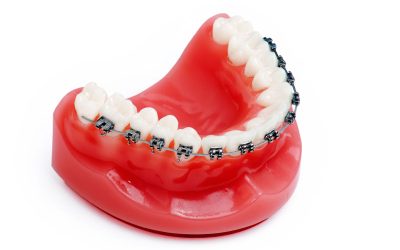Endodontic Therapy is a type of therapy that involves treating a tooth that has become infected or diseased in the pulp. This type of treatment is primarily known as a root canal and can help prevent the loss of a tooth to necrosis. While many individuals become nervous when they learn they must have this therapy, the treatment rarely causes any major pain and those who do feel discomfort are able to find substantial relief with over-the-counter pain medication.
Root canal procedures are much easier to perform now that advances have been made in dental science. Once the patient’s tooth has been numbed, the dentist will create a small access point in the top of the crown, using a small drill. The patient will not feel any discomfort during the procedure because their tooth is completely numb. The opening allows the dentist safe access to the pulp chamber.
Using special tools, the dentist will carefully remove all of the diseased soft tissue so the chamber and roots and are completely free of any residue. In some cases, the dentist also removes the nerves, especially if the tooth has been causing serious pain. The nerves are no longer needed after tooth eruption other than to determine temperature changes.
After the tooth has been cleaned, the diseased tissue must be replaced to fill up the empty space and add stability to the tooth. Gutta-percha is a material that is most commonly used in filling teeth because it is somewhat spongy, yet very strong. This material effectively seals the canal, so infection will not return. A hard sealant is then put in place over the access hole, effectively sealing the tooth.
In some cases, patients will need a crown to be put in place after their Endodontic Therapy. Crowns are used on teeth that lack the structural stability to be able to hold a filling and withstand chewing pressure.
A root canal procedure can help a person’s tooth be saved, so they do not lose it to infection or decay. If you are in need of this therapy and would like to learn more information, visit website.
Watch our Video on YouTube.


